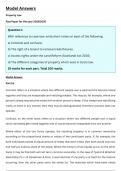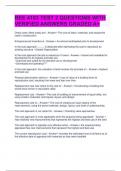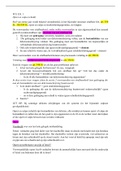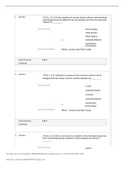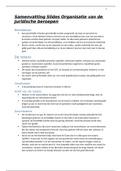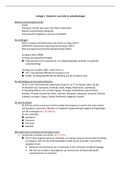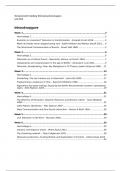Exam (elaborations)
Property Law Past Paper with Model Answers 2019/2020
- Module
- Property Law (LAW08118)
- Institution
- Edinburgh Napier University (ENU)
This document provides model answers to 3 questions taken from the 2019/2020 past paper for the Property Law module. Author achieved a first class grade for the module.
[Show more]
